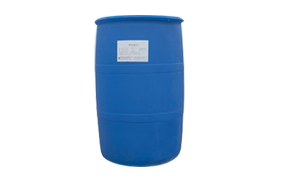Today's laundry detergent is basically mixed with a variety of surfactants. It's not accurate to say that there is no ionic surfactant at all. In fact, fatty alcohol polyoxyethylene ether sodium sulfate (AES) basically exists. The irritation of AES at low concentration is very weak.
In addition, coconut amidopropyl betaine (cab35) is a amphoteric surfactant with weak irritation, which is often used in recent years. And so on. The surfactant that really needs to be phased out is LAS, that is, Sodium Alkylbenzene Sulfonate, but I estimate that low-grade products in China are still used. Las itself has a very low cost and good decontamination effect, but its toxicity is relatively high It's a little high for species. The surfactant family is very large. Theoretically, any surfactant has the potential to be used as detergent, which may involve nothing more than cost, effect and toxicity. Therefore, it can not be said that the commercial detergent or detergent must contain a certain surfactant.

Amino acid surfactants show good biodegradability, biocompatibility and high safety. They can be decomposed into fatty acids and amino acids by enzymes in human body. The researchers conducted subacute test, chronic toxicity test and mucosal irritation test on mice and rabbits. The results showed that sodium N-acyl amino acid had less irritation and higher safety than sodium dodecyl sulfate.
Because there are hydroxyl or unsaturated bonds in the acyl chain, amino acid surfactants have bactericidal effect, and the antibacterial activity will increase with the increase of hydroxyl and unsaturation. The results showed that N-acyl amino acid surfactant had good antibacterial activity against Staphylococcus aureus, Pseudomonas aeruginosa and Escherichia coli, and the effect of pH on antibacterial activity was investigated. The results showed that N-acyl amino acid surfactant had good antibacterial activity against these three bacteria, and the antibacterial activity decreased when pH > 6.
Similar to other traditional surfactants, amino acid type surfactants have good emulsifying, wetting, solubilizing, dispersing and foaming properties. According to Qian Huichao et al. Study on the hard water resistance of 0.05% mass fraction of coconut oil methyl sodium taurine, the foam height in 1500mg/Kg hard water condition is almost the same as that in pure water, about 1700mm.